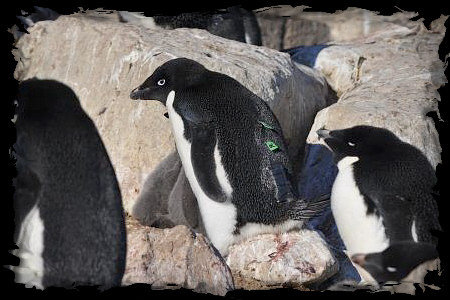
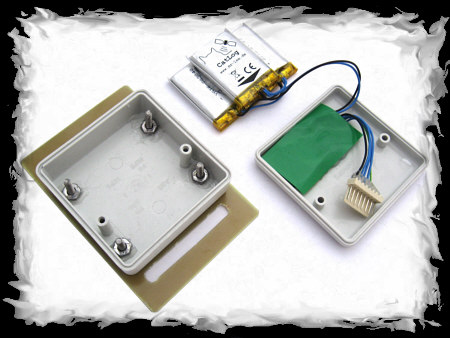
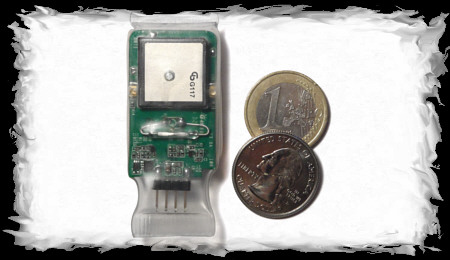
|

With the Scientific Product Line we offer devices and services for Bio-Logging applications. Bio-Logging is a relatively new field that uses animal-attached tags for gathering data from free ranging wildlife. Data may consists of movement profiles, images, video footage, etc.
We have successfully supported scientists around the world with solutions. Our devices dive, fly, swim, gallop and crawl at the toughest spots of our planet. There is no project similar to a previous one.
So far we created the following devices:
- Small and lightweight GPS recorder, hermetically sealed: CatLog-S
- Long term GPS recorder: CatLog-B
- Waterproof small camera: BirdCam
- Universal camera/video recorder: CatCam
- Combination of GPS recorder and Camera
- Combination of GPS recorder and GPS tracker
Please find datasheets and manuals in the Support area.
Even though most devices look different for each application the system behind belongs to the same platform. This allows us to offer scientific devices for almost the consumer price range. So a small lightweight GPS tag for birds and a 6 month GPS tag for cows are basing on the same core.
We also strive to learn from field applications in order to improve our devices or to identify the needs of our customers.
Main goals for developing bio logging devices are to reduce the device weight and size while increasing the operation duration. However, since the animal that should later carry the bio-logging tag is in the main focus the requirements and optimization will need to get adjusted to it. A bio-tag for a sea turtle has other parameters to optimize than a tag for a wild horse in Mongolia.
So there is no general solution or an universal device when working with different kind of animals. This is where the knowledge of our clients comes in. Scientists and biologists know their animals and can judge what kind of bio-tag they can bear without compromising the behaviour or creating stress.
|

|

Before a project starts we usually have intensive discussions with our clients to work out the functional and mechanical requirements. Often times this also helps our clients to understand their needs in more detail. It is amazing to see how clients develop their creativity once they understand the basics of our devices.
We have a strict non-disclosure politic. However, if it appears to us that it makes sense to link clients together and share contacts we will do this after all affected parties agree.
It should be noted that we only have a limited capacity to work on scientific projects. Therefore it is recommended to start discussing the projects early before the actual deployment phase.
Also for scientific devices that are "off the shelf" it is recommended to have a quick project evaluation done and to give an early warning for production.
|
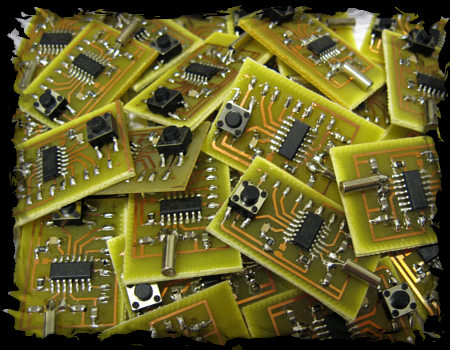
|

It is no surprise that all scientific devices are hand-made to fit the application requirements.
With our in-house prototyping we create circuit boards and modify enclosures in a quick turn-around. Since scientific device volumes are typically low this is the most efficient way to offer reasonable prices.
There are seemingly "off the shelf" units like CatLog-S that are manufactured in hundreds with the same specification. But also these are still produced with a certain amount of hand labor. Therefore there is a lead time between ordering and delivery.
|
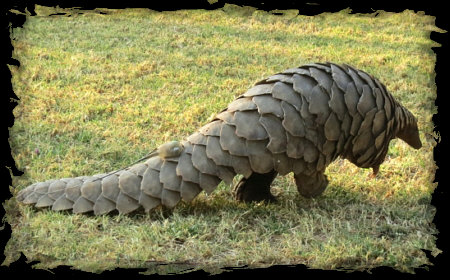
|

So what drives all this ? The first Mr. Lee project (CatCam) started with a lot of curiosity followed by the pride to see an idea work out, engineering excitement to see a technical solution perform in a rather uncontrollable world of animals. The bio-logging field has somehow some sort of "where no human has been before" atmosphere. Maybe this mixture out of technology, unpredictability, animal and environmental aspects is challenging us over and over again.
|
|
|
|

